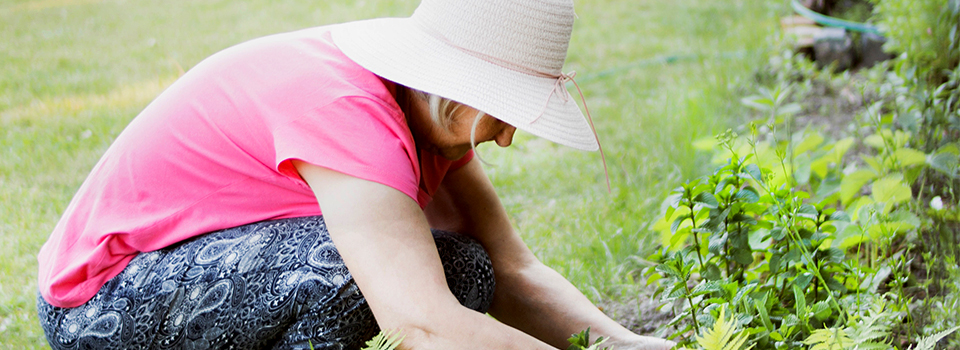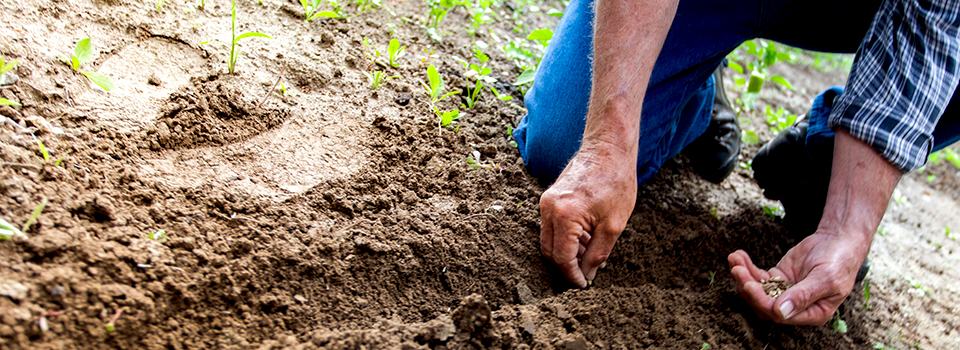A Few Words
Why ACRE?
A Few Words
About Us
Some of the key challenges associated with conventional cotton farming include:
Conventional cotton farming practices bring forth a range of problems. Excessive tillage, heavy pesticide and synthetic fertilizer use, and monoculture cropping lead to soil degradation, including erosion, loss of organic matter, nutrient depletion, and reduced fertility. Additionally, cotton is a water-intensive crop, requiring substantial irrigation, which contributes to water scarcity and over-extraction of groundwater in cotton-growing regions. Widespread pesticide use in cotton cultivation poses risks to human health, harms beneficial insects and wildlife, and leads to environmental pollution through chemical runoff. Biodiversity suffers as natural vegetation is removed, and pesticides further disrupt ecosystems, reducing pollinator populations. Moreover, conventional cotton farming can perpetuate a cycle of debt for farmers, with high input costs, and raises concerns about labour rights violations.


Benefits
Regenerative cotton agriculture offers a more sustainable and holistic approach to cotton farming. It focuses on improving soil health, conserving water, promoting biodiversity, and enhancing the overall resilience of farming systems. Here are some reasons why regenerative cotton is required:
Soil health and carbon sequestration
Regenerative cotton farming practices prioritize building soil organic matter, increasing soil fertility, and reducing soil erosion. By employing techniques like cover cropping, crop rotation, minimal tillage, and the use of organic amendments, regenerative agriculture enhances soil structure, water-holding capacity, and carbon sequestration potential.
Reduced chemical inputs
Regenerative cotton farming aims to minimize or eliminate the use of synthetic pesticides and fertilizers. Instead, it emphasizes natural pest management techniques, such as integrated pest management (IPM), companion planting, and biological controls. This approach reduces chemical pollution and promotes a healthier environment for farmers and surrounding ecosystems.
Water conservation
Regenerative practices such as mulching, drip irrigation, and improved water management techniques help reduce water consumption in cotton farming. By optimizing water use and implementing efficient irrigation methods, regenerative systems mitigate the strain on local water resources and promote sustainable water management.
Biodiversity conservation
Regenerative cotton farming encourages the integration of diverse crops, agroforestry systems, and hedgerows, which support biodiversity by providing habitats for beneficial insects, birds, and other wildlife. By preserving and enhancing biodiversity, regenerative agriculture helps restore ecological balance and promotes natural pest control.
Economic and social benefits
Regenerative cotton farming can provide economic benefits to farmers by reducing input costs over time. By building healthy soil and adopting sustainable practices, farmers may require fewer synthetic inputs and experience improved crop resilience, leading to increased profitability. Additionally, regenerative agriculture promotes fair labor practices and community engagement, ensuring better livelihoods for farmers and farm workers.
Comparing Regenagri with Organic
Organic
Organic certified cotton refers to cotton that is cultivated following strict organic farming standards. These standards prohibit the use of synthetic pesticides, genetically modified organisms (GMOs), and synthetic fertilizers. Organic cotton farmers rely on natural pest management techniques, crop rotation, and the use of organic amendments to maintain soil health. Organic certification also ensures that farmers adhere to social and labor standards, including fair wages and safe working conditions. The focus of organic certification is primarily on eliminating the use of synthetic inputs and promoting ecological sustainability
Regenagri
On the other hand, Regenagri certification takes a more comprehensive approach to sustainable cotton farming. It encompasses organic progression towards soil health improvement, biodiversity conservation, and water management. Regenagri certification goes beyond enhancing soil organic carbon and gradual phase out of synthetic inputs as well as focuses on the active regeneration and improvement of the farming ecosystem. It encourages the adoption of regenerative agricultural practices, such as cover cropping, minimal tillage, agroforestry, and holistic land management techniques. The goal is to rebuild
• increase carbon sequestration,


